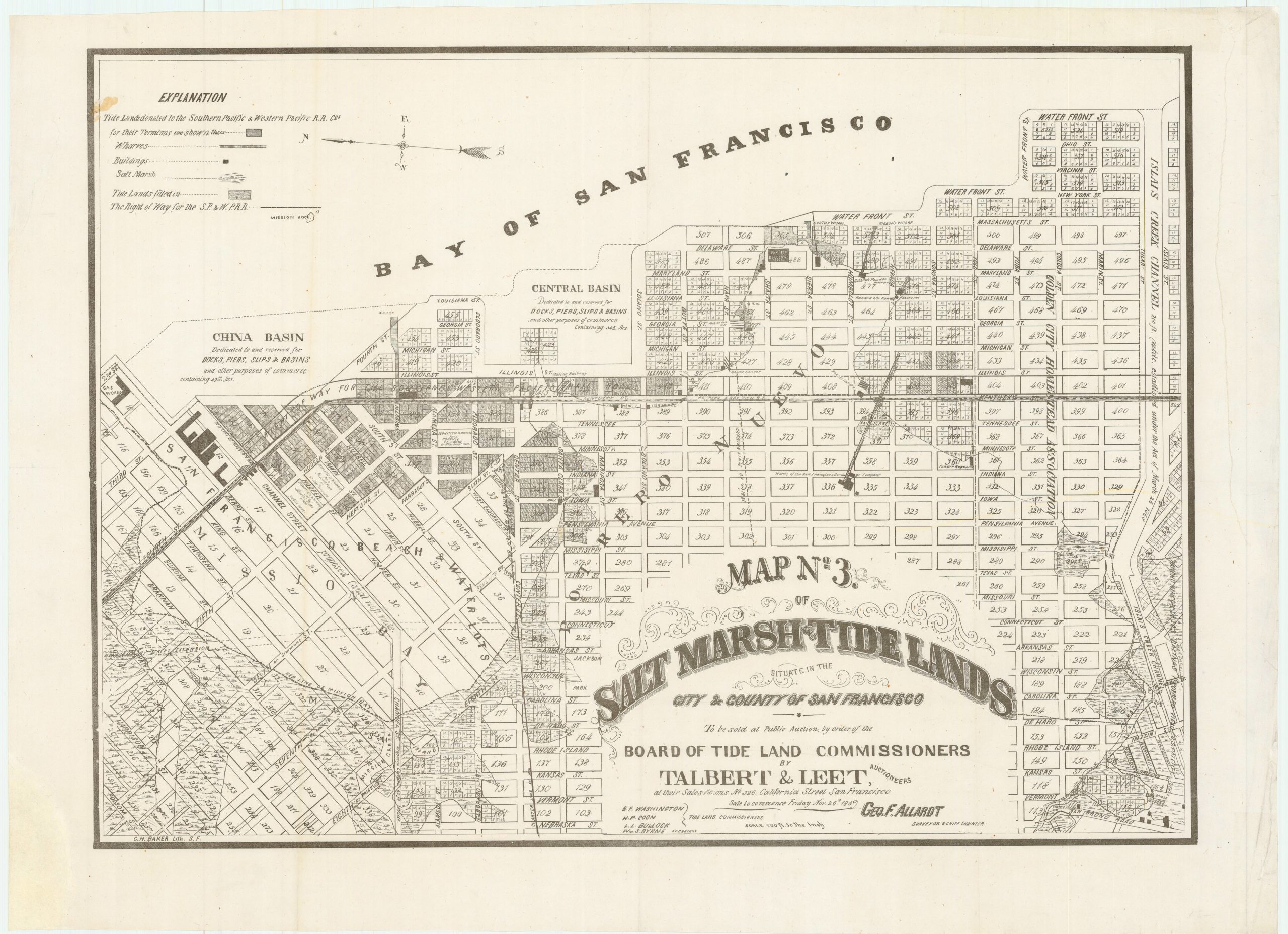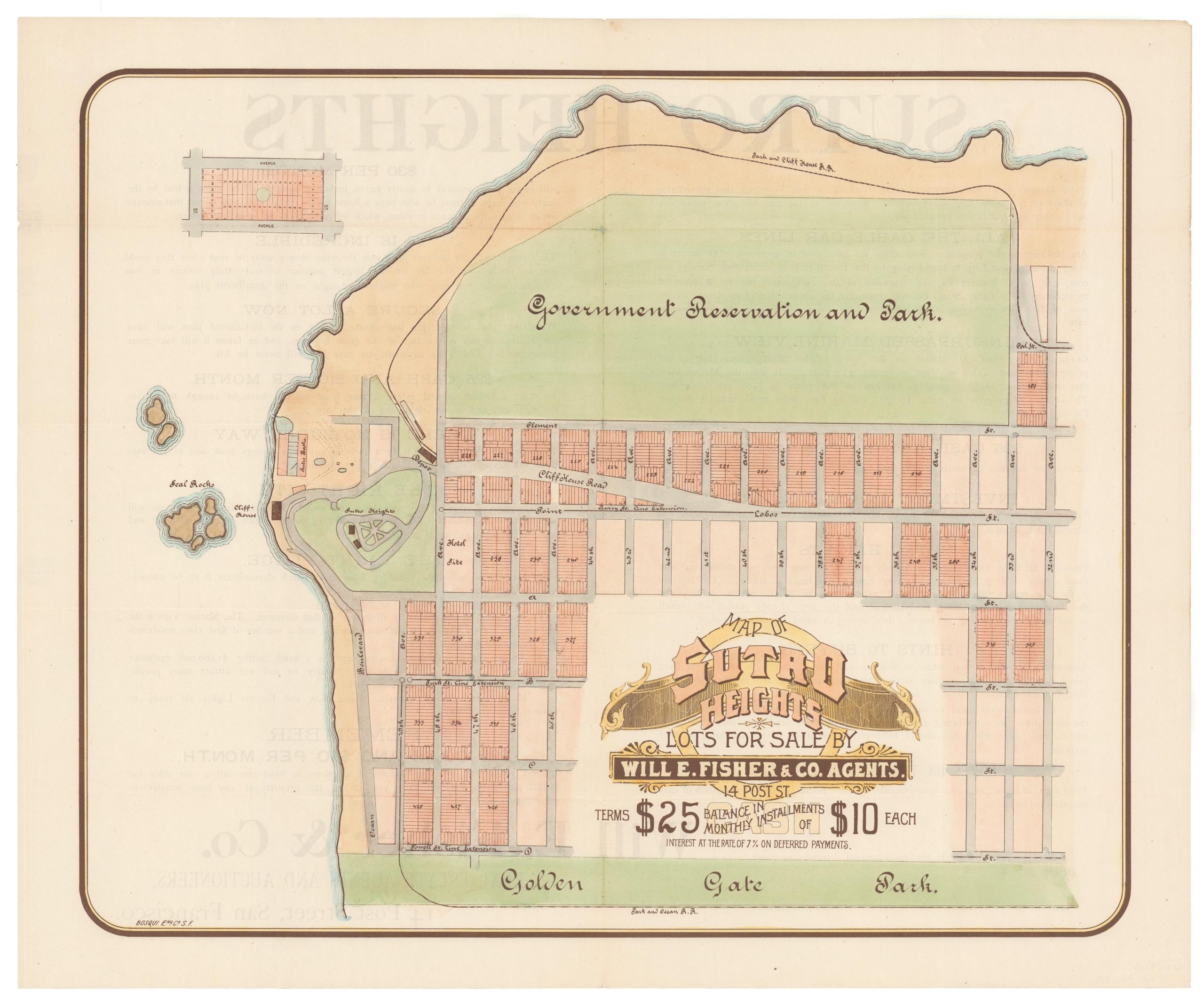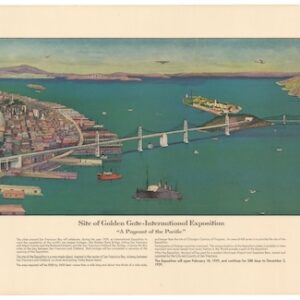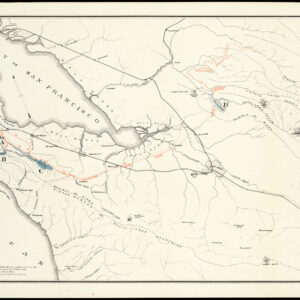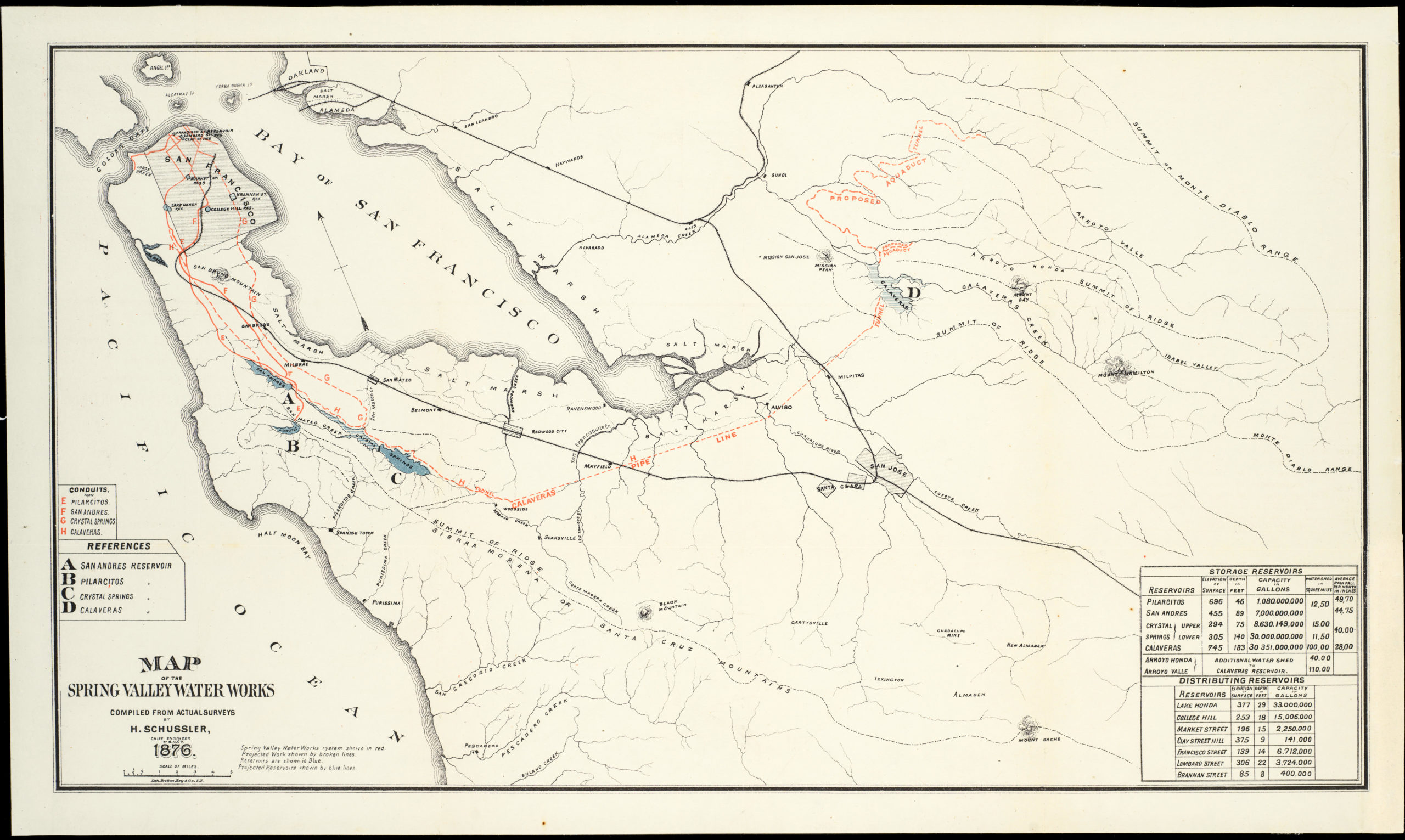U.S. Government report on the 1906 earthquake, including two folding maps and a panoramic view of a city destroyed.
The San Francisco Earthquake and Fire of April 18, 1906 and their effects on structures and structural materials
$875
1 in stock
Description
A U.S. Government’s formal report on the damages and consequences of the San Francisco Earthquake in 1906. It was printed as Bulletin no. 324 under the U.S. Geological Survey. Subdivided into independent articles, each written by government specialists, the booklet contains entries on subjects such as ‘the earthquake as a natural phenomenon,’ ‘the effects of the earthquake and fires on structures’ (including assessments of individual buildings and building types), ‘aspects of the fire disaster,’ and ‘fireproofing.’
The text is filled with various maps and images, including over a hundred photographs of the fault lines and associated damages, as found both within San Francisco and the surrounding countryside. In addition to the printed images interspersed throughout the text, the volume includes two folding maps and one folding panoramic photograph showing the fire destruction across the city. The panoramic photo contains a legend at the bottom identifying individual buildings and corresponding to numbers printed on the image.
Of the two inserted folding maps, one is a city plan that delineates the extent of the fire damage using a thick red line. Titled ‘Map of San Francisco showing burned district,’ this accompanies Richard L. Humphrey’s report on the structural damages caused by the earthquake (p. 14-60). A legend in the upper left corner identifies specific buildings, and various forms of hatching define distinct clusters of buildings (e.g. a red-hatched zone of predominantly brick structures).
The second map shows the greater San Francisco area, with the entire peninsula and part of the Bay. The detailed map of the burned district has been superimposed onto it to “show the relation of the burned district to the entire city and the location of the principal conduits in the water-supply system.” Red lines extending down the peninsula symbolize the water mains, whereas tripled sections of these lines represent the major breaks caused by the earthquake. Many of these breaks are also shown as photographs in the back of the volume.
Cartographer(s):
Condition Description
Toning on title page, loose binding, text is clean.
References

